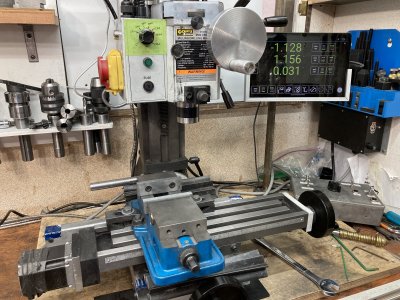VicHobbyGuy
Ultra Member
I agree. I REALLY don't like FB Marketplace but I have to go there for the same reason I use the FB mini-mill and 7x groups: it's where the action is. For buying and selling in Victoria, usedvictoria used to be the go-to place. Now, I put identical ads both there and in FB marketplace - but 80% of the buyers come from FB.Personally, I don't think much of Facebook groups. I am only there for marketplace.
When I got a 7x lathe a couple of years ago, I split my time between FB and the old yahoo 7x groups (now groups.io). Now it's 95% FB because the activity on the other group is sparse.
Things change.

